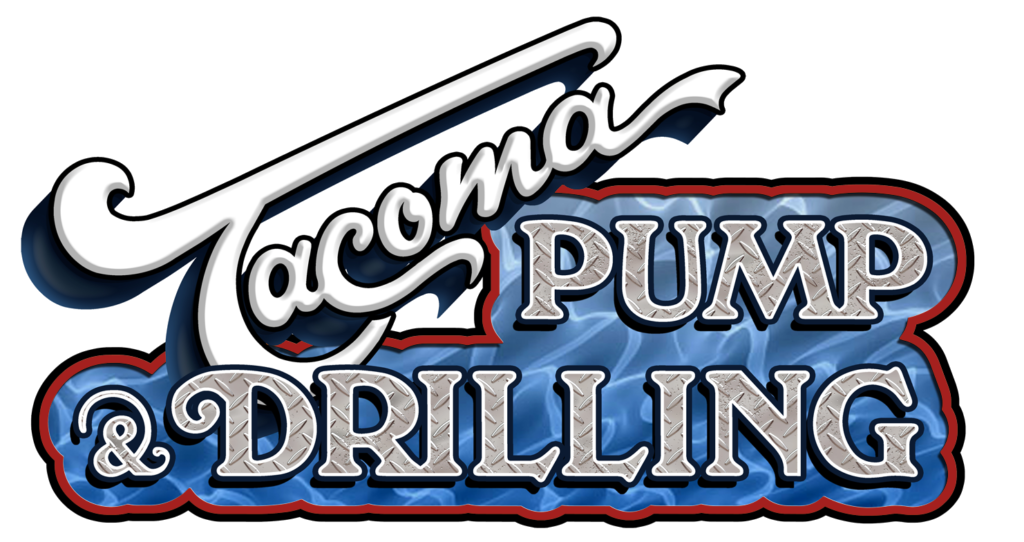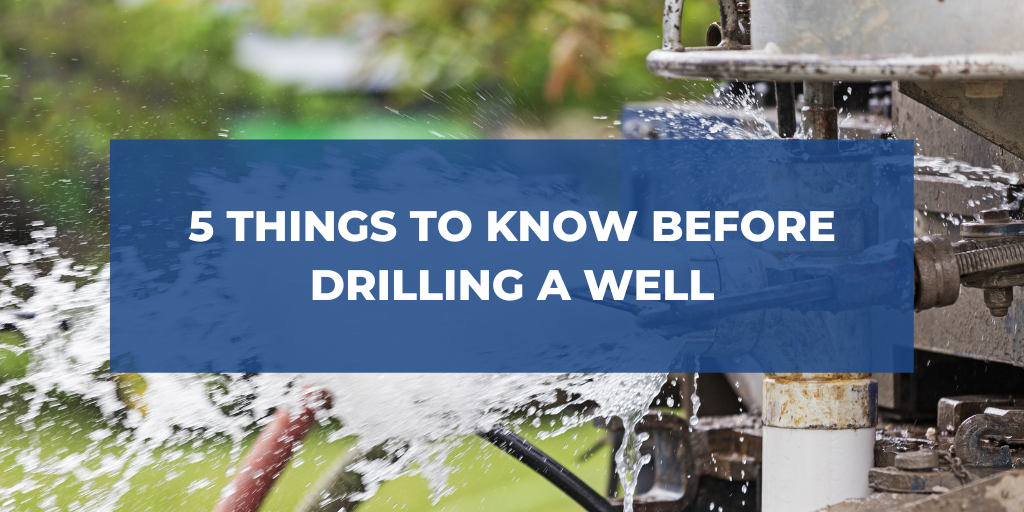More than 43 million Americans (roughly 15% of the population) use private water wells as their main source of drinking water. Wells are an excellent resource for clean drinking water, irrigation in rural areas, and more. Before drilling a well on your property, however, it’s important to know some well drilling basics. Here are five things to keep in mind when adding a well to your land.
Drilling a Well May Require a Permit
Depending on where you live in the United States, adding a well to your property requires some permitting or approval process. In Washington State, for example, you need a permit if you plan to use more than 5,000 gallons of water per day from your well.
Even exempt wells, however, must follow a regulation process. In Washington, that looks like submitting a Notice of Intent to the Department of Ecology. In some counties, you are also required to connect to a public water supply if available. The best practice is to first check with your local permitting agency (often the county or Department of Ecology) before drilling a well.
Plan to Test Your Well Water Annually
Just like your water heater, pipes, or any other part of your home, your well requires regular maintenance. Annual water tests help to ensure that no contaminants have entered your system. Regular maintenance of the pump components is also helpful to keep your well system running properly.
Drilling a well is just the beginning of your well ownership journey. While there are many benefits to having a well on your property, there are also regular practices that help to keep your well clean and safe.
Learn About Groundwater in Your Area
Drilling a well can sometimes feel like a gamble. Will there be water? How deep do you need to drill? One of the best ways to get an idea about groundwater in your area is to talk to your neighbors! Neighbors are an incredible resource, especially if they have recently drilled wells on their own property.
Asking how deep their wells are, or where on their property they chose to drill provides useful information when it comes to choosing your own drilling site. Another way to gain insight into groundwater in your region is to consult your local permitting agency. In Washington, the Department of Ecology has helpful information about wells in each county. They also provide information on water availability based on your watershed.
Where You Drill Your Well is Important
Once you know that groundwater is readily available in your watershed, deciding where to drill your well is important. Drilling a well comes with certain requirements regarding distance from buildings, septic systems, and possible contaminants.
Our residential resources help homeowners decide if there is space on their property for a well. For example, your well must be at least 50 feet away from a septic tank (and 100 feet from the drain field), 5 feet from a building or structure, 50 feet from a sewer, and if you happen to live near a landfill, it must be 1000 feet from the landfill boundary.
Another thing to consider is finding either high ground or a well-drained area for your well. This helps protect it from contamination in the event of flooding or even everyday water runoff.
Find a Professional Drilling Company
Lastly, it is important to work with a professional drilling company when drilling a well on your property. Washington State requires all wells to be drilled by a professional. Some states may have different regulations, so be sure to check with your local permitting agency.
Professional drilling companies have both the necessary equipment and experience to ensure your well is drilled correctly. They know how to determine the correct depth and establish a well that provides clean water to your home for years to come.
Check with your neighbors, friends, and local agencies for recommendations on drilling companies with established reputations.
Ready to get started drilling a well on your property? Contact us for a quote!

